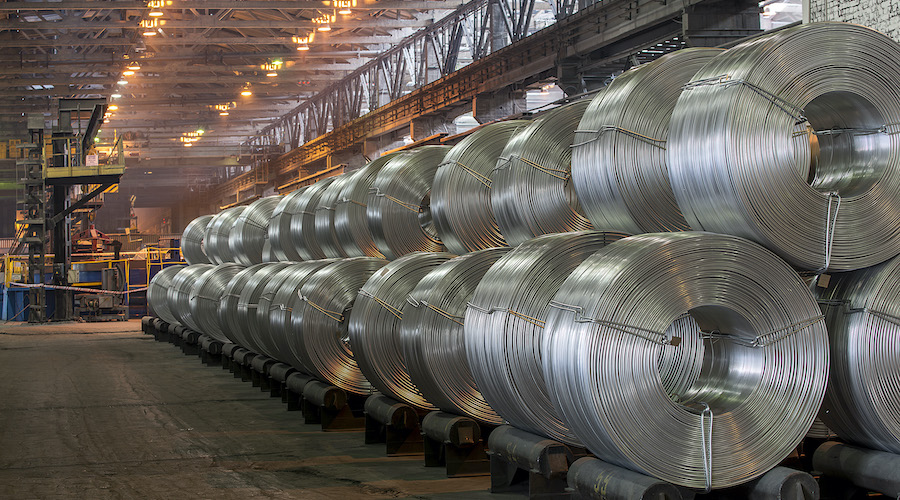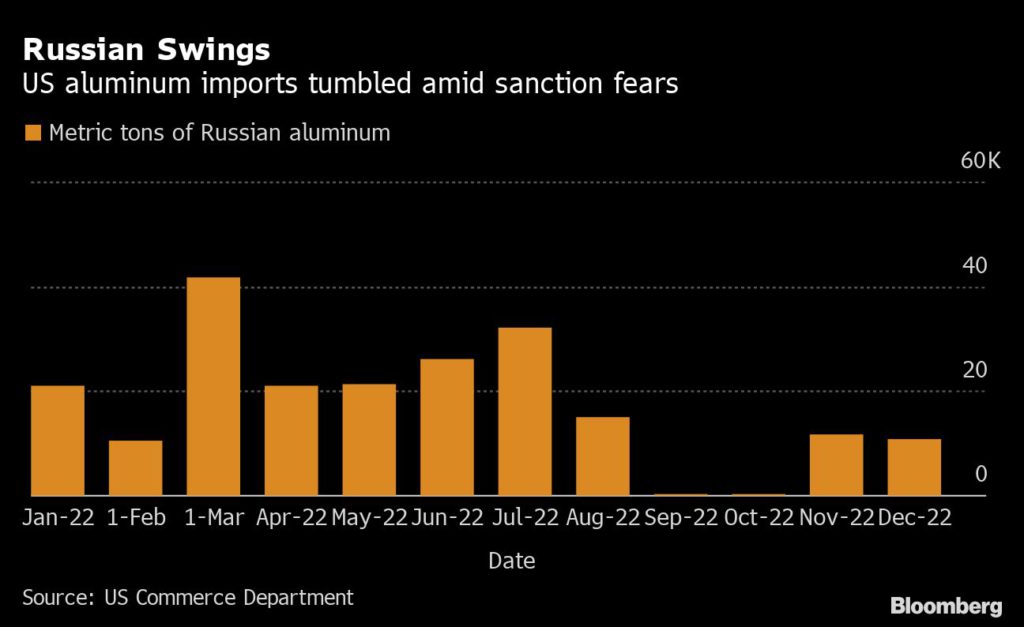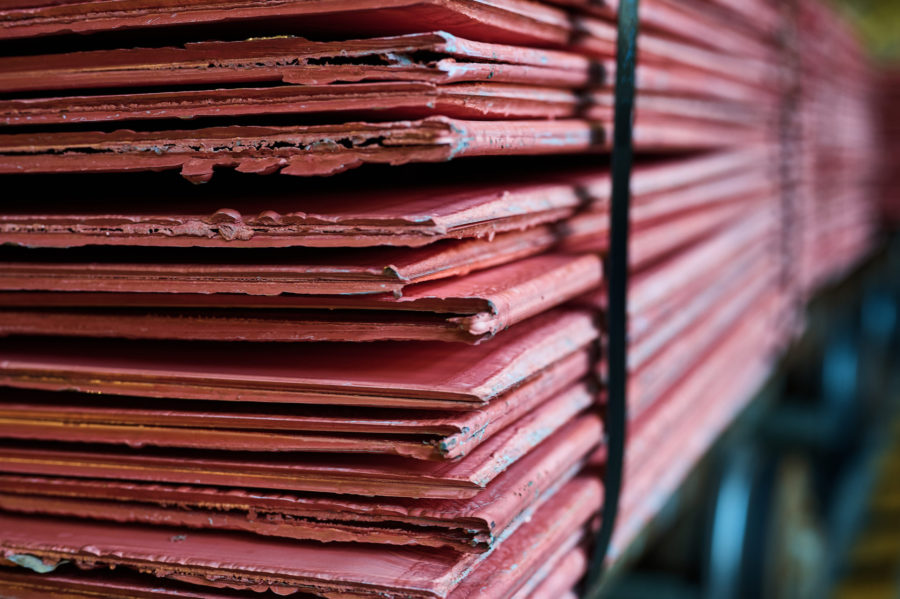US plans 200% tariff on Russia aluminum as soon as this week

The US is preparing to slap a 200% tariff on Russian-made aluminum as soon as this week to keep pressure on Moscow as the one-year anniversary of the invasion of Ukraine nears, according to people familiar with the situation.
President Joe Biden has yet to give the official go-ahead, and there have been concerns in the administration about collateral damage on US industries, including aerospace and automobiles, said the people, who asked not to be identified discussing internal deliberations.
The move, which has been contemplated for months, is also aimed at Russia, the world’s second-largest aluminum producer, because Moscow has been dumping supplies on the US market and harming American companies. The timing of the decision could slip past this week, one of the people said.
The White House National Security Council didn’t immediately respond to requests for comment.
The escalation of pressure on Moscow comes after Washington unleashed unprecedented levels of sanctions to punish and isolate President Vladimir Putin’s government, including freezing its central bank assets globally, targeting its banking, technology and defense sectors and sanctioning individuals linked to Putin.
The move against aluminum also continues efforts by the US and European Union to blunt Russia’s role as global commodities powerhouse. The EU has banned imports of Russian oil, gas and fuels in an attempt to cut its reliance on Moscow. The impact of that move, however, has been mitigated by a redrawing of the global oil trade map, with most crude supplies going now to China and India at lower prices.
There’s no indication so far that the EU is planning a similar move on Russian aluminum.
US market
Russia, the world’s largest aluminum producer after China, has been a significant source of material for the US market. Most of it is value-added items, rather than in bulk product, with US buyers ranging from building and construction to automotive.
Such a steep tariff would effectively end US imports of the metal from Russia. While the country has traditionally accounted for 10% of total US aluminum imports, the amount has dropped to just more than 3%, according to US trade data.
The tariff option would be less severe than actions considered last year by the administration, including an outright ban or sanctions on Russia’s sole producer of the metal, United Co. Rusal International PJSC. Such a move risked wider market disruptions, by making Russian supplies essentially toxic for buyers globally.
Rusal shares in Moscow were trading down as much as 3% on Monday after the news. The company declined to comment.
As the White House has weighed action on Russian aluminum, buyers in the US had been discussing the potential of alternate supply in the event of a ban, tariff or sanction. Industry participants in recent months have also tried to game plan where Russian metal would go if it was suddenly blocked out of the US market, as well as Europe, with many speculating that it could be transshipped via China or other countries and reexported, obscuring its origins.
Industry support
Aluminum prices dropped about 15% last year amid worries of a slowing global economy and the ongoing pandemic lockdowns in China, the world’s largest consumer.
Aluminum futures traded on the London Metal Exchange on Monday briefly erased gains and rose as much as 0.6% on news of the tariffs, before declining 1.7% to $2,526.50 a metric ton as of 3:25 p.m. London time.
The Aluminum Association, a trade group that represents the industry in the US, said in a statement Monday that “the aluminum industry stands in support of any and all efforts deemed necessary by the US government and its NATO allies” to address Russia’s invasion. “This is a global security and humanitarian disaster that goes far beyond the interests of any single industry.”

US imports of Russian aluminum had dropped to near zero in October as the administration weighed a ban, worrying domestic buyers who didn’t want to be stuck with the material. Imports rebounded to 11,600 tons in November before easing back to 9,700 tons in January.
(By Jenny Leonard, with assistance from Joe Deaux)
More News
Zelenskiy says US proposed ‘large, comprehensive’ minerals deal
Zelenskiy has confirmed the proposal does not include US involvement in its nuclear power sector.
March 26, 2025 | 08:16 am
Trump weighs imposing copper import tariffs in weeks, not months
Trump has threatened to impose a duty of as much as a 25% on all copper imports.
March 26, 2025 | 07:21 am
{{ commodity.name }}
{{ post.title }}
{{ post.excerpt }}
{{ post.date }}



Comments
Laura Miller
We can help you to get move the freight